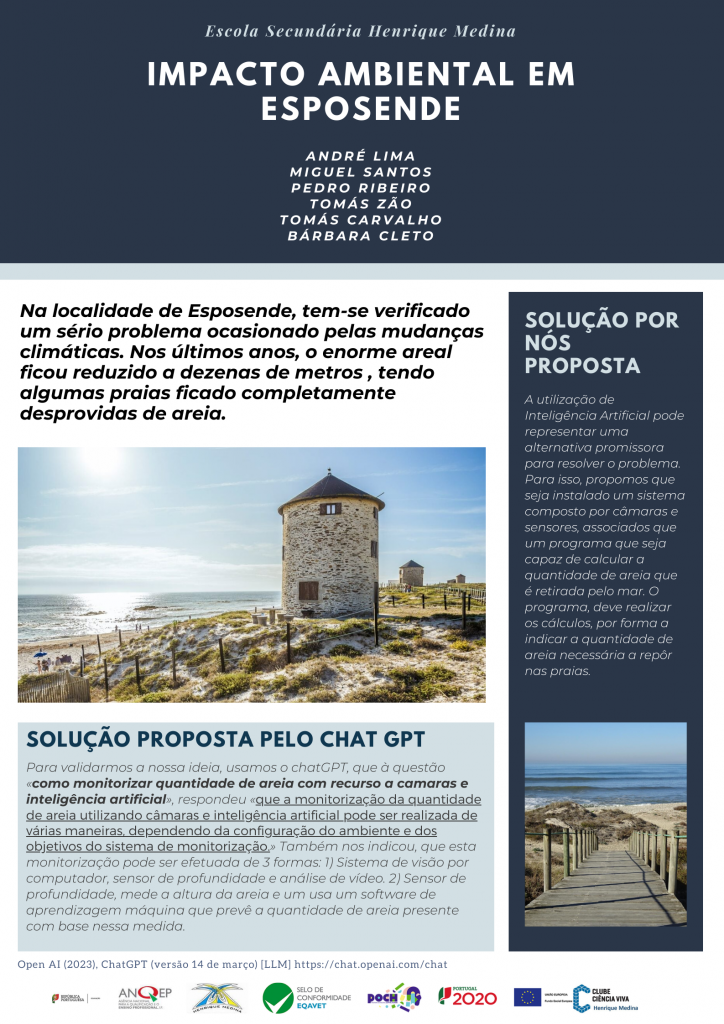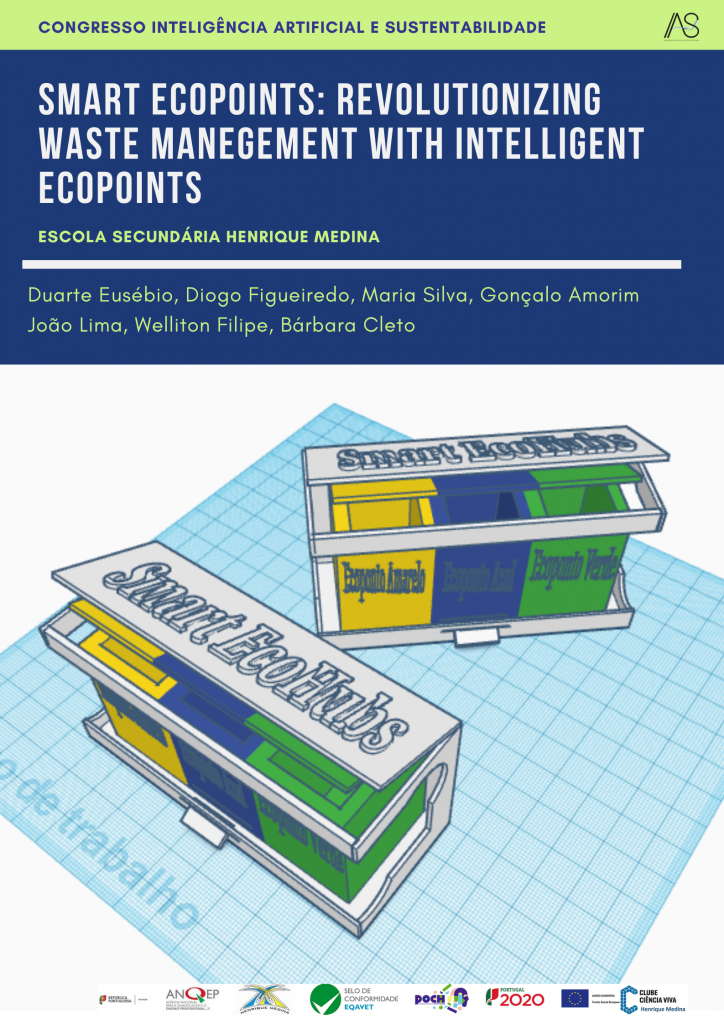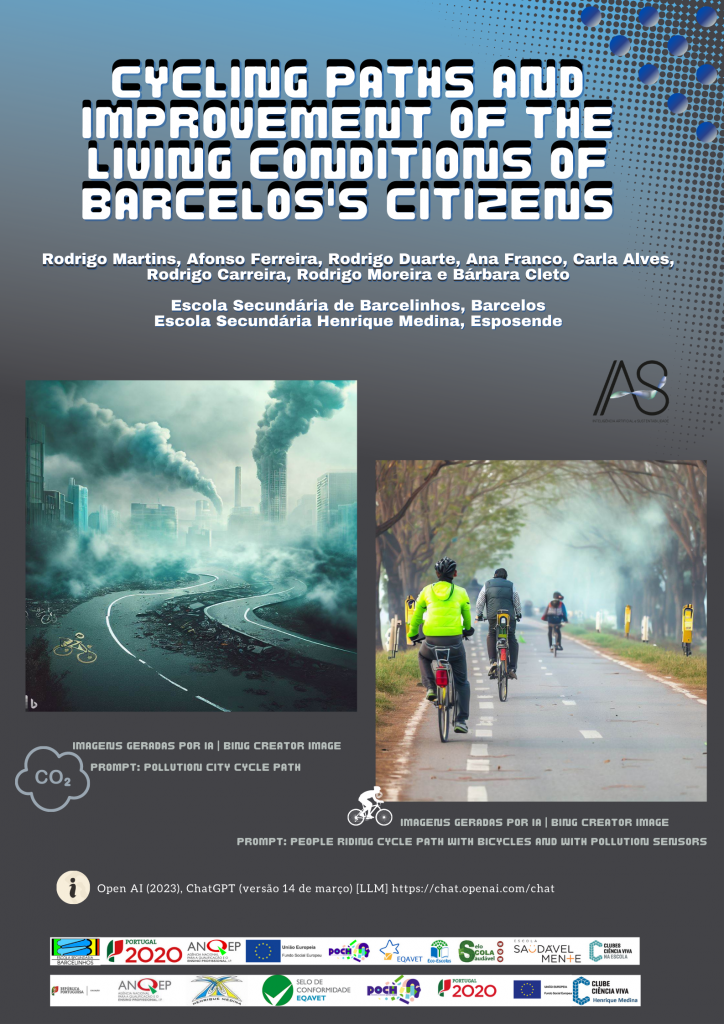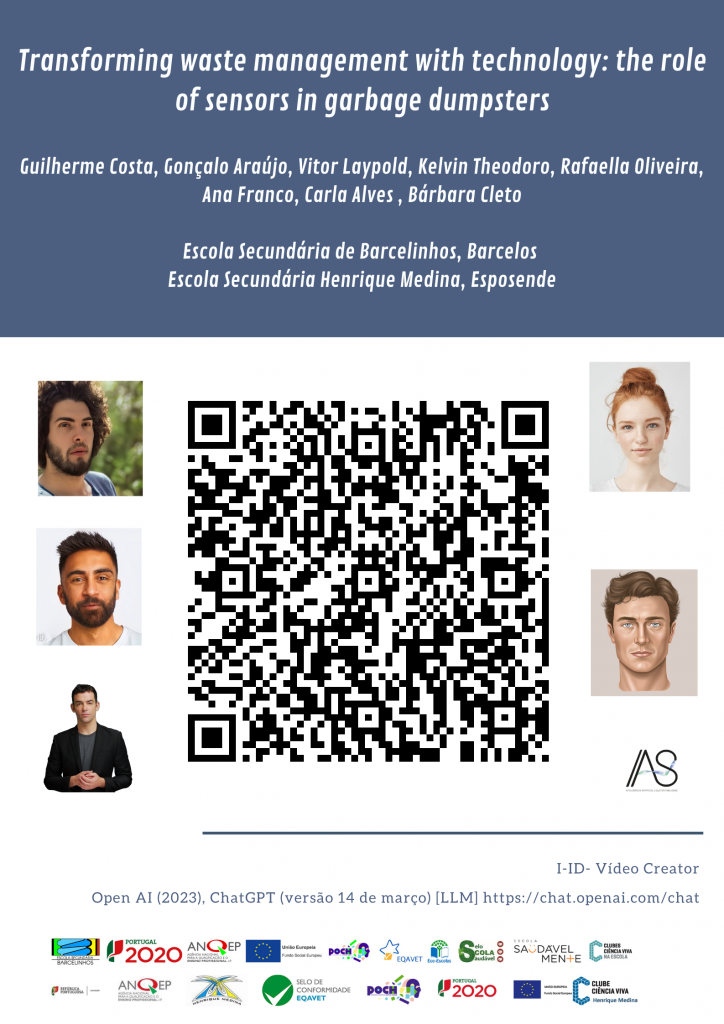Three teachers from two Secondary schools (pre-university) get together and challenge their students to take part in an ideas competition promoted by a University in their region. The theme is Artificial Intelligence and Sustainability. The goal is simple: students will develop scientific research awareness and work together to create innovative solutions to environmental problems in the regions where they live, using ChatGPT as an ally.
Curricular Unit
Note: The division of the curricular unit into the lessons shared here is an approximate summary of what happened. The teachers and students managed their work time over 10 lessons.
In the first class, the teachers introduced their students to the challenge of participating in an idea contest organized by a local University. The topic of the contest is Artificial Intelligence and Sustainability. The goal is to develop scientific research projects and work in groups to create sustainable solutions for environmental problems in the region. For this, students are to use ChatGPT as a partnering tool.
The students felt motivated and enthusiastically accepted this challenge!
Students formed teams of 5, mixing peers from different classes and even different schools. This turned out to be an excellent opportunity to make new friends.
- Two groups, each with 5 people, organized themselves to work with classmates from the same class and school.
- Two groups with 5 students were from different classes and schools.
Initial Conversation
The teachers took the opportunity to introduce what Artificial Intelligence is, probing what the students already knew about the topic and explaining how they would use ChatGPT. Most had never used this tool, so the session quickly moved to a practical demonstration, with simple activities for the students to begin exploring.
Teachers talked with the groups about what AI is, and sought to understand what the students already knew about the topic, and to assess their familiarity with using the generative AI tool, ChatGPT. Most of the students had never used this AI tool before.
Teachers conducted a practical demonstration on how to use the AI tool, with some simple activities for the students to explore how to work with ChatGPT. Students are now informed about:
- what is generative AI
- how to create the best prompts
- be aware the AI makes mistakes and students need to verify the quality of the outputs
The goal of this class is for the students to experience using the tool on their individual computers, and to expand their knowledge about its utility for other academic areas.
The teams dedicate themselves to identifying environmental issues in their region that they are concerned about and begin to draft questions like: “How can AI help to…?”. The goal is to formulate research questions, which will be used in the next steps. Some of the questions that came up were:
- How can AI help protect the sand dunes in the city of Esposende?
- How can AI help people better separate trash for recycling?
- How can AI help reduce car pollution?
- How can AI help determine when trash containers are getting full?
The teams begin to use ChatGPT to delve deeper into their questions.
Before starting, the students crafted questions that they would use as prompts in ChatGPT. The groups develop their dialogue with the AI and interact with ChatGPT until they consider the responses obtained sufficiently satisfactory.
The answers and information deemed useful are organized and structured outside of the tool.
These lessons mark an important stage in the work: the verification of information. The groups compare the information obtained with scientific articles and discuss with the teachers to jointly validate solutions, thus ensuring they are on the right track. It is an opportunity to adjust whatever is necessary in their conclusions.
Once the information is confirmed as true and correct, students confidently proceed to define sustainability problems identified as important to resolve in their region:
- Group 1: “In the city of Esposende, a serious problem caused by climate changes has been observed. In recent years, the vast sand area has been reduced to just tens of meters, with some beaches completely devoid of sand.”
- Group 2: “Smart recycling bins: revolutionizing waste management with smart bins.” The students noticed that although the school has recycling bins, the trash is often not separated or placed in the correct bin.
- Group 3: “The use of Artificial Intelligence and the integration of sensors allows for the assessment of car and motorcycle emission levels, measuring the environmental impact, especially in terms of decarbonization. Based on the observed data, it will be possible to understand the correlation between bicycle use, the reduction of pollutants, and the improvement of public health conditions.”
- Group 4: “We intend to reduce waste in streams, counting on more efficiency in the urban area. Solution: Monitoring of discarded waste, using sensors and cameras, to identify critical periods and obtain information about the trash produced during these times, enabling the reinforcement of recycling bins in these areas and at specific times (for example, during the bathing season and festivities).”
Final Reflection
In conversation with the teachers, the students share their reflections on their experience using AI so far. They note that it takes some time of interaction to obtain quality responses, and that it is necessary to validate the information with other sources of knowledge.
In this final stretch, each group creates a poster for the idea contest, using AI to create images and videos that make the presentation attractive.
The final posters had to present the identified problem; the proposed solution; and references to the AI tools used to develop the projects. All used ChatGPT from March 14 of 2023, LLM, and the AI video generator tool I-ID video creator.
Final posters for idea contest
Note: The outcome of the work developed throughout these classes was presented in the form of posters by the teachers and students at a congress held on May 16, 2023, which was themed “Artificial Intelligence and Sustainability,” organized by the University of Minho in Portugal. Meanwhile, the students have already presented new projects at the second edition of the congress that took place in April 2024.
News about these works:
Esposende Educa – Congresso IAS – Secondary School Henrique Medina
Esposende Educa – I Congress of Artificial Intelligence and Sustainability
Secondary School of Barcelinhos: news about I Congress of Artificial Intelligence and Sustainability
Students presents one of the projects at minute 2:18 to 2:51
